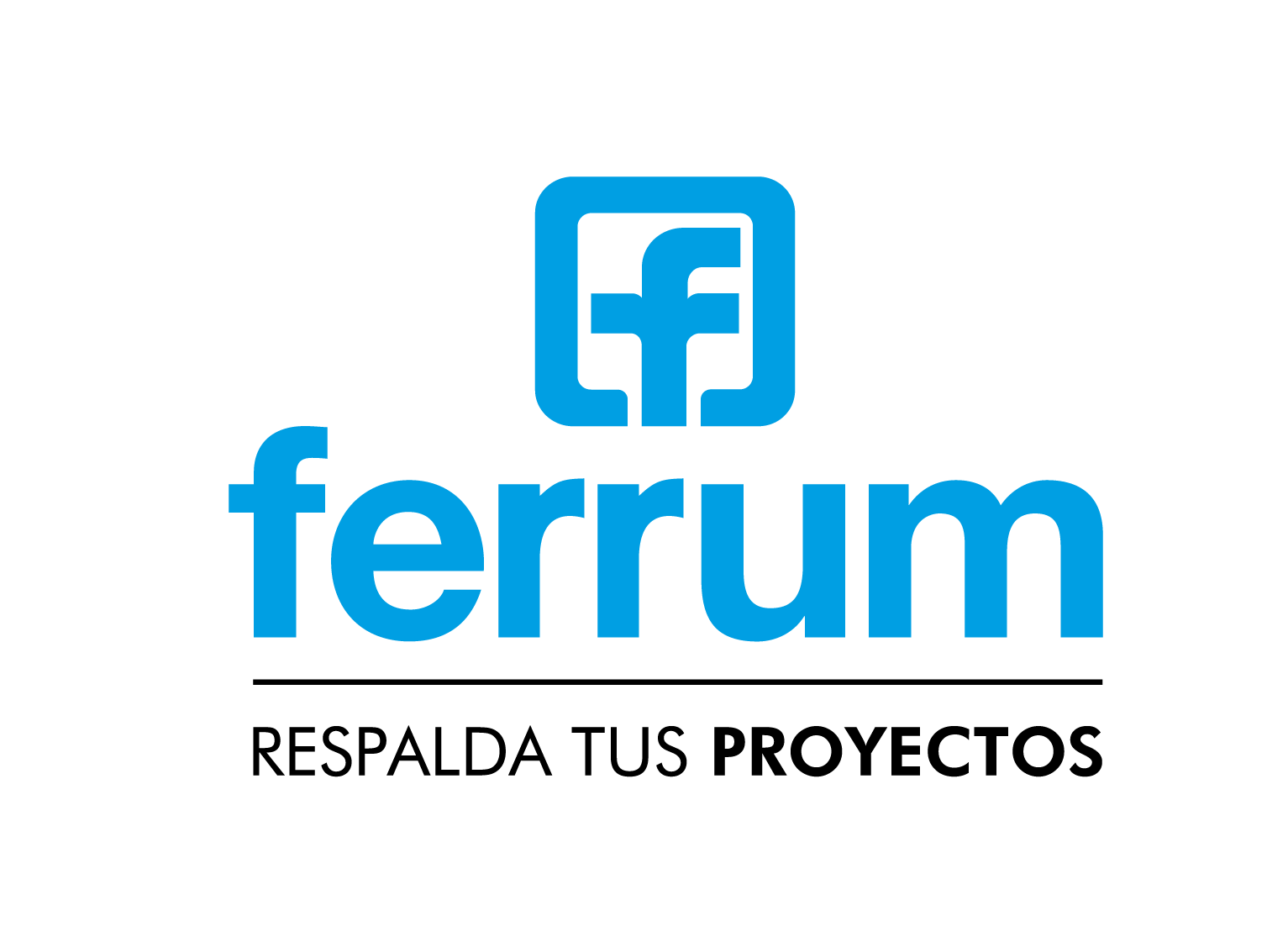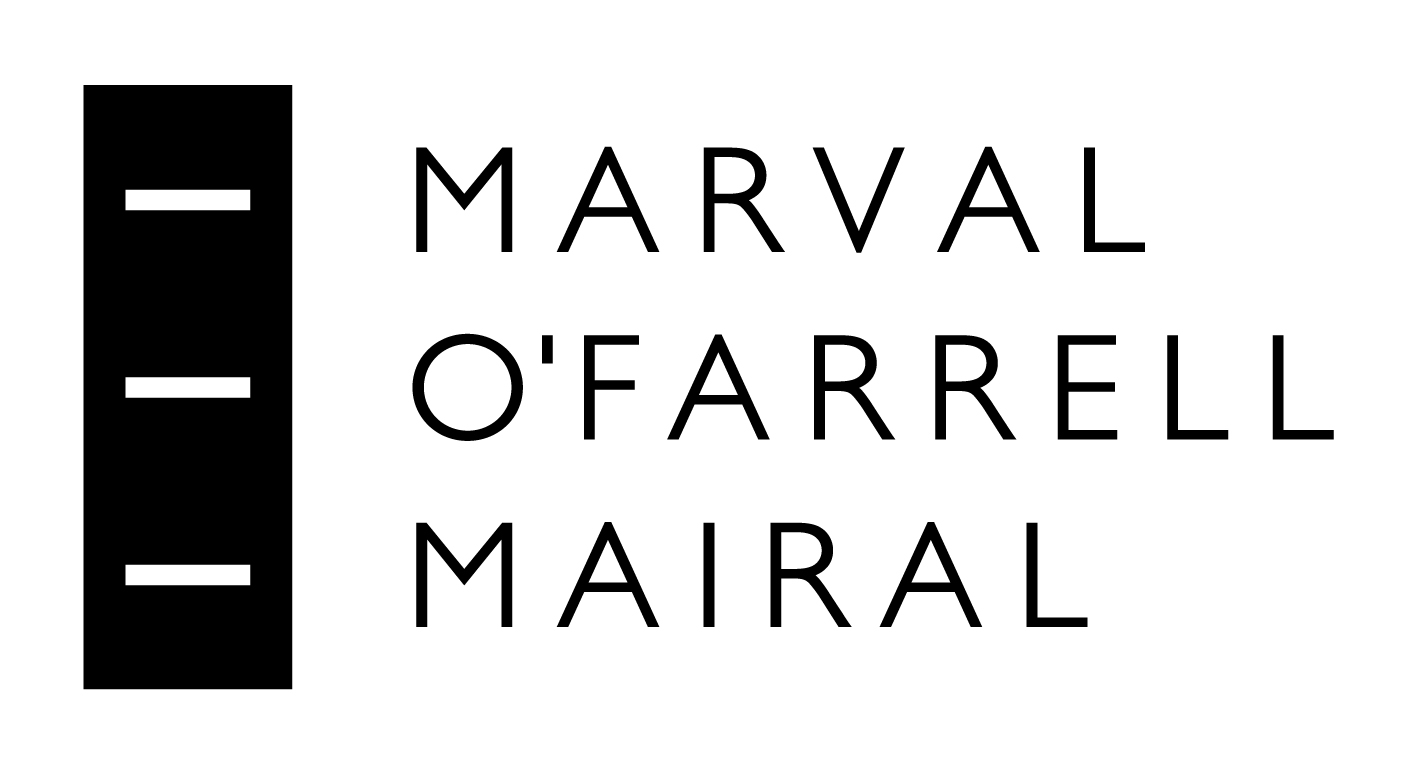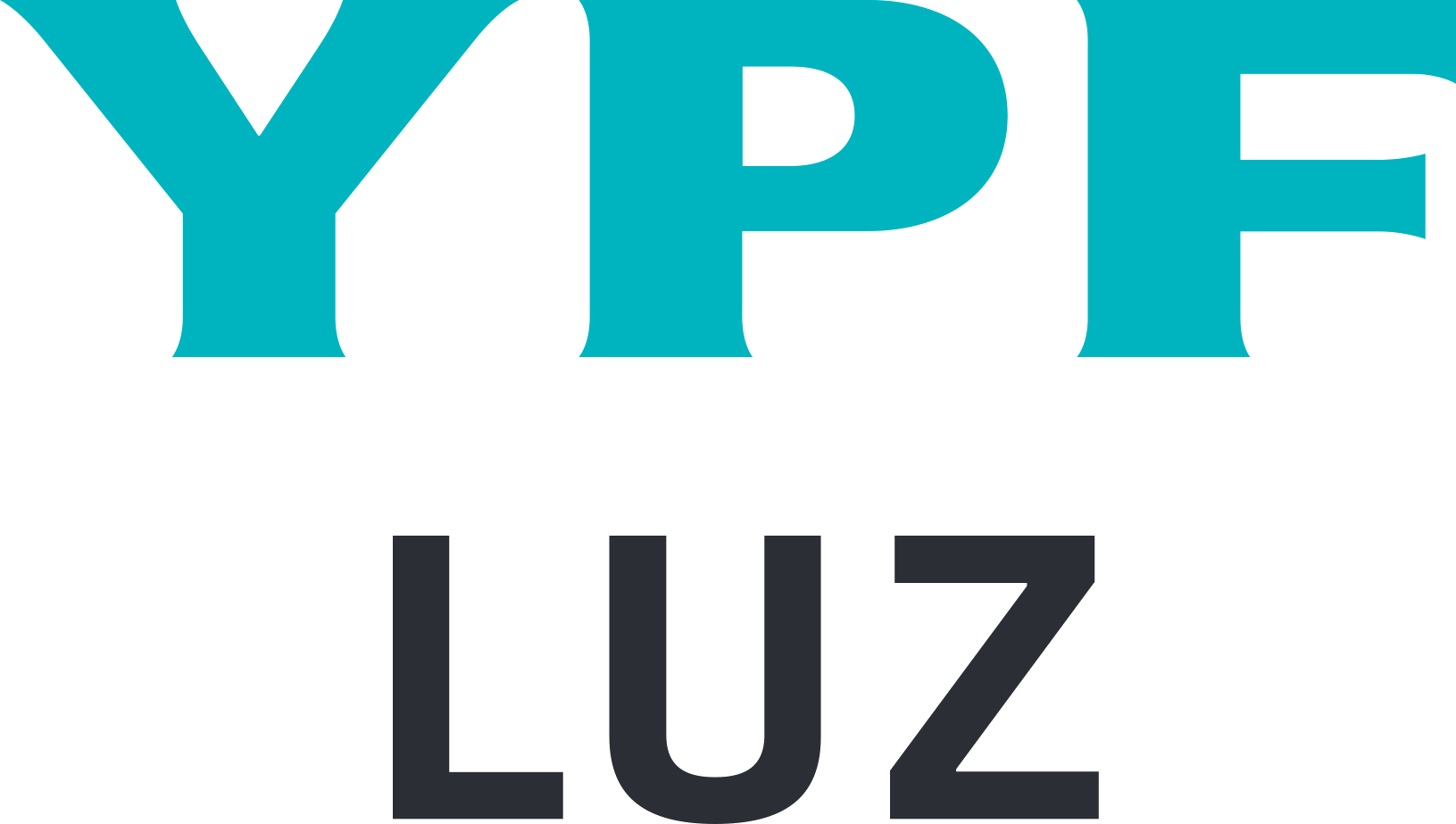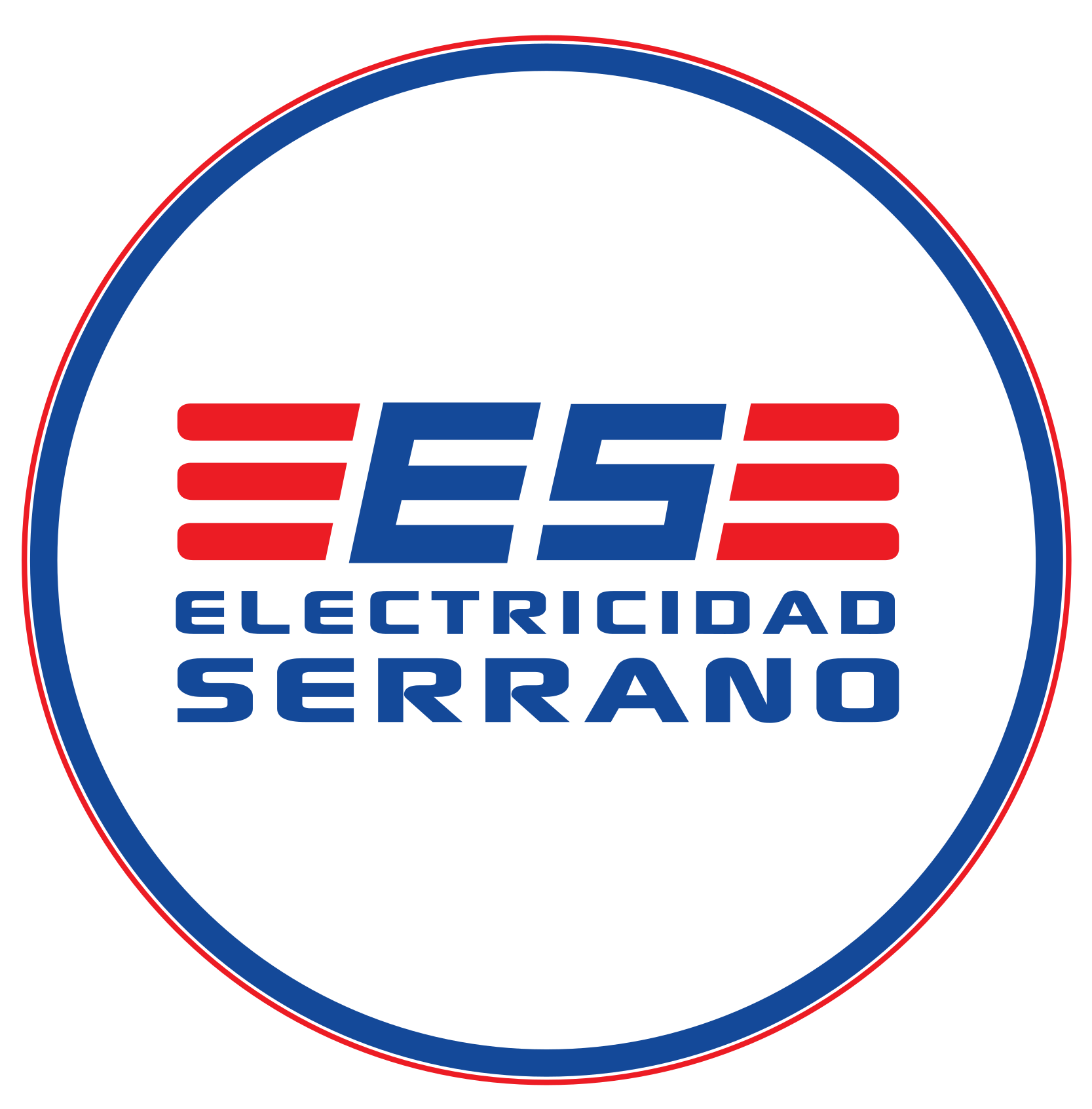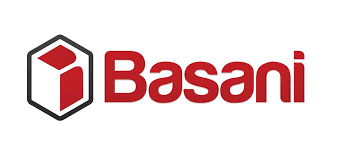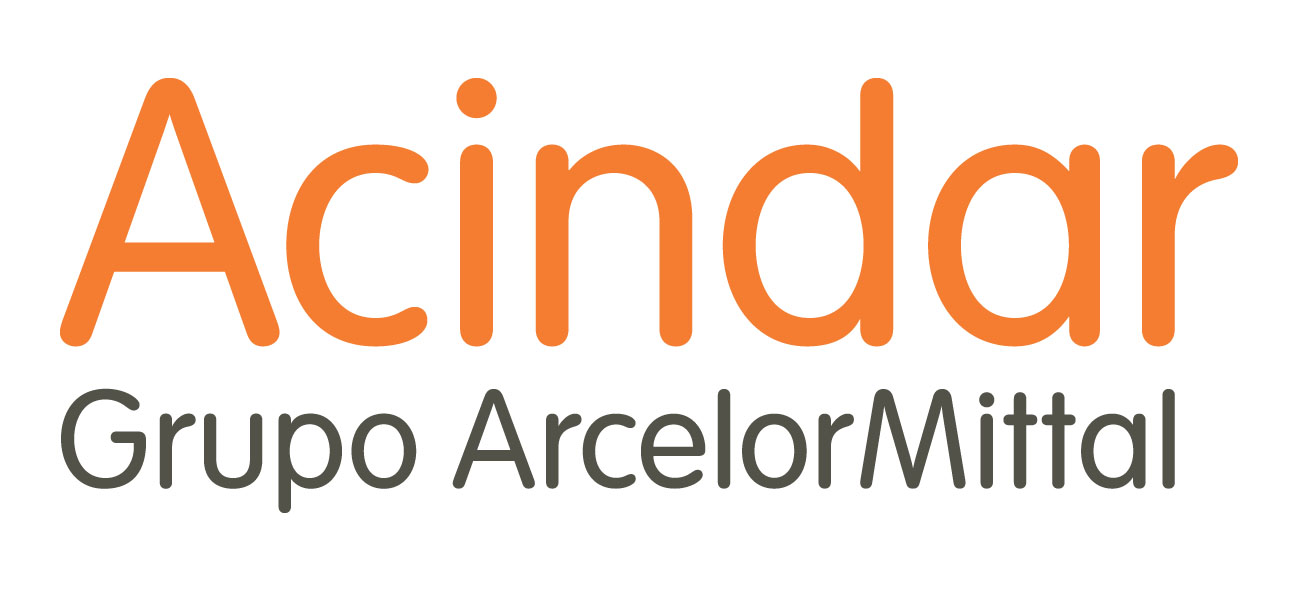One of the fastest growing phenomena over the last decade has been the expansion of poor neighborhoods throughout the country. Cities are the areas with the most opportunities, where jobs, hospitals and schools are concentrated. However, for many families, access to land to build a home remains virtually impossible in the city. This, among other causes, is what contributes to the expansion and consolidation of poor neighborhoods and settlements.
Self-construction and self-management
The growth of these neighborhoods occurs through self-construction. Done in this way, the homes take years to build with structural deficiencies that can be a risk to those that live there. At the same time, these neighborhoods are excluded from urban planning and public services. These families live without safe connections to gas and electricity networks, without sewers, street lights, sidewalks or public transportation.
The promise of job opportunities that brought many families to the urban centers are not attainable for those who live in these neighborhoods. The lack of an “official address”, the distance from downtown, and even prejudices are a barrier for those heads of household that are looking for a job. Because of this, they often have informal jobs without recognized labor rights and worse pay. Unreliable housing leads to unreliable work.
For years, the State has decided to ignore (or even root out) these families and their neighborhoods. But the poor neighborhoods haven’t stopped growing, even when the Argentinian economy seemed to be rebounding. Access to cities in general and to housing in particular were the driving forces behind it happening in this way.
New model
A few years ago, and with the National Registry of Poor Neighborhoods as an example of this, the paradigm seems to have changed. The State went from ignoring or rooting out these neighborhoods to wanting to integrate them into the cities, respecting their identity and taking advantage of their strong community ties. As a part of this vision, the National Secretary for Socio-Urban Integration (SISU, in Spanish) is carrying out the “Argentina United for the Integration of Poor Neighborhoods” Program.
In this context, through Hábitat para la Humanidad Argentina we are carrying out the first step in a neighborhood with which we are united by a lot of history. In Saladero, in Bahía Blanca, we finished an Early Works Project (POT, in Spanish) that established indoor running water connections, trees, sidewalks and garbage containers. With this work, 160 families now have safe water in their homes. In addition, the 2,400 meters of sidewalk, 60 ramps, 89 trees and 50 garbage containers greatly enhance the public spaces in the neighborhood. For the residents of Saladero, it is now possible and safe to go outside when it rains.
Building with the neighborhood
But beyond what was built, there was another element that had a great impact on the neighborhood: the Cooperative White Works. Those that carried out these projects were residents of the neighborhood themselves, united under this co-op. Formal employment came to the neighborhood and opportunities came for the neighborhood families. And these opportunities were transformed into water connections and sidewalks for their neighbors.
These types of ventures are only possible if there is a strong enough desire to succeed and an organized community. The majority of co-op members depended on temporary jobs that became available unpredictably. This meant that they went months without work and with a lot of uncertainty.
“The co-op arose from the need to create jobs in our community. We are very happy to be able to provide work to our neighborhood families and happy to be able to help our neighbors access basic services,” says Cinthia, one of the neighbors and members of the co-op, made up of 30% women. This representation of women, although it is not yet equal, is a great advancement. In the construction industry, women are greatly underrepresented.
Integration, then, is planned from various perspectives. It is not just about access to basic services, which is just beginning. It is also about bringing work and equal opportunities to Saladero.
The history of the neighborhood
Hábitat para la Humanidad Argentina has been present in the neighborhood for six years. We started operations there together with Dow Argentina and we completed many projects. Some of the people that make up the co-op today gained construction knowledge when they built their homes with the Casa Semilla project. We also carried out sanitation repairs through project Salud y Vivienda and we made impactful improvements with Proyecto Hogares.
These six years solidified a relationship between us and the neighbors. The Obras Tempranas project and the creation of the Cooperative White Works are, in a way, the result of years of work together. For us, this project is a confirmation that changes can be made through work with a variety of stakeholders and it brings us great satisfaction to have completed the job and to see the growth of the community.
The integration process will continue in the future. There are still a number of problems remaining. What has been done is just the first step.





